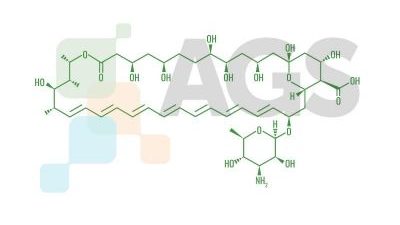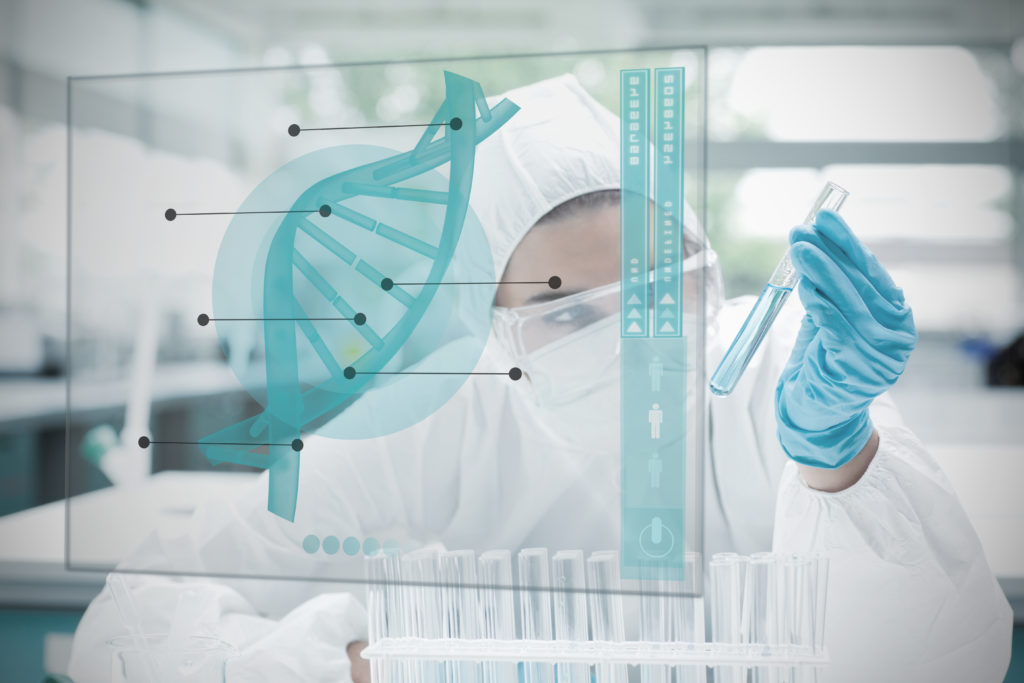Amphotericin B is an antibiotic that has been used for over fifty years as an aggressive and effective antifungal treatment. It battles serious fungal infections like cryptococcal meningitis with ease. Often called by its brand name, Fungizone, this antibiotic is effective in saving lives and has been relied upon for decades because pathogens have displayed a low drug resistance when up against it!

If you are in the field of pathology, you may have already heard this compound. But did you know it is also a useful reagent for transporting and preserving the integrity of viral samples? Amphotericin B, has been used by the research community in combination with other antibiotics and mediums to preserve viral samples for transport and further study. Especially during the battle against COVID-19, it’s vital to have the most up-to-date information on the best possible materials for sample preservation.
Read on to learn why amphotericin B is a must-have in your novel coronavirus and general viral research!
What is Amphotericin B (Fungizone)?
Amphotericin B was first cultivated from a soil actinomycete. It is most effective against molds and yeasts such as: strains of Candida, Aspergillus, Cryptococcus neoformans, Histoplasma, Scedosporium and Zygomycetes, among others. When introduced to fungi, amphotericin B permeates the fungal cell walls and binds to ergosterol within the cell membrane. From there, it develops holes in the membrane, allowing cell contents to “leak out”, causing cell death.
Although it is still referred to as the “gold standard” of antifungal treatments, it is now only used as intravenous treatment for specific fungal and parasite infections, due to the fact that there are now newer, less toxic forms of treatment. Also, because amphotericin B is toxic to the kidneys, it is used only when necessary in a situation where the patient is not responsive to other treatments. However, there are many new variations of amphotericin B, some with less harmful side effects. Sometimes, however, amphotericin B must be used due to its effectiveness and low resistance/adaptivity of fungi and parasites. For example, in the case of systemic fungal infections, which are more common in immunocompromised patients, amphotericin B is a powerful antifungal regimen when other treatments fail.
CDC Recommends Transporting Viral Samples with Amphotericin B
More recently, amphotericin B has been used in combination with other antibiotics and chemical materials to preserve the integrity of viral samples. This way, medical labs can transport the collected samples in order to test and formulate effective therapies and vaccines. The CDC has released a standard operating procedure explaining how antibiotics like amphotericin B are used in producing viral transport mediums. For example in the link above, the CDC outlines the process by which to make such a medium, using: amphotericin B, fetal bovine serum, gentamicin sulfate, and a salt solution. From here, a medium is created which can be stored in tubes with viral specimens for transportation.Preservation of Viral Samples
Without proper preservation, viral specimens degrade or become contaminated, which can defeat the purpose of collecting them in the first place. According to a recent study, mistakes made outside of the lab and prior to testing make up 85% of laboratory errors! That’s a whole lot!
Lab procedures are standardized, but still, false negatives occur when nucleic acid samples are degraded. This can lead to misdiagnosed conditions, and in some instances, can delay life-saving treatments. Obviously, these scenarios need to be avoided as much as possible, which is why formulating preservation mediums using antibiotics like amphotericin B is critical to research.
COVID-19 Testing Procedure and Transport
As we know, in the United States, there has been an outcry over the shortage of testing kits made available to the public. As the months have passed, some areas have seen an increased ability to deploy COVID-19 testing. This typically involves a cotton swab inserted into the nasal passage, then placed in a tube that is sent to a lab for formal diagnosis. However, all samples collected have a preservation life of ~5 days at room temperature and ~7 if frozen. This is a short window of time, as samples degrade quickly.
In order to preserve their integrity and ensure proper diagnosis, having a transport medium to prevent contamination and degradation is essential! It is especially important in these times when there are sparse amounts of testing kits available and COVID-19 has tragically, as of today, caused over 140,000 fatalities in the United States alone. Getting an accurate diagnosis for this virus the first time around is critical to minimizing the nationwide impact of the Coronavirus pandemic, and amphotericin B can aid immensely in collection and testing efforts.
